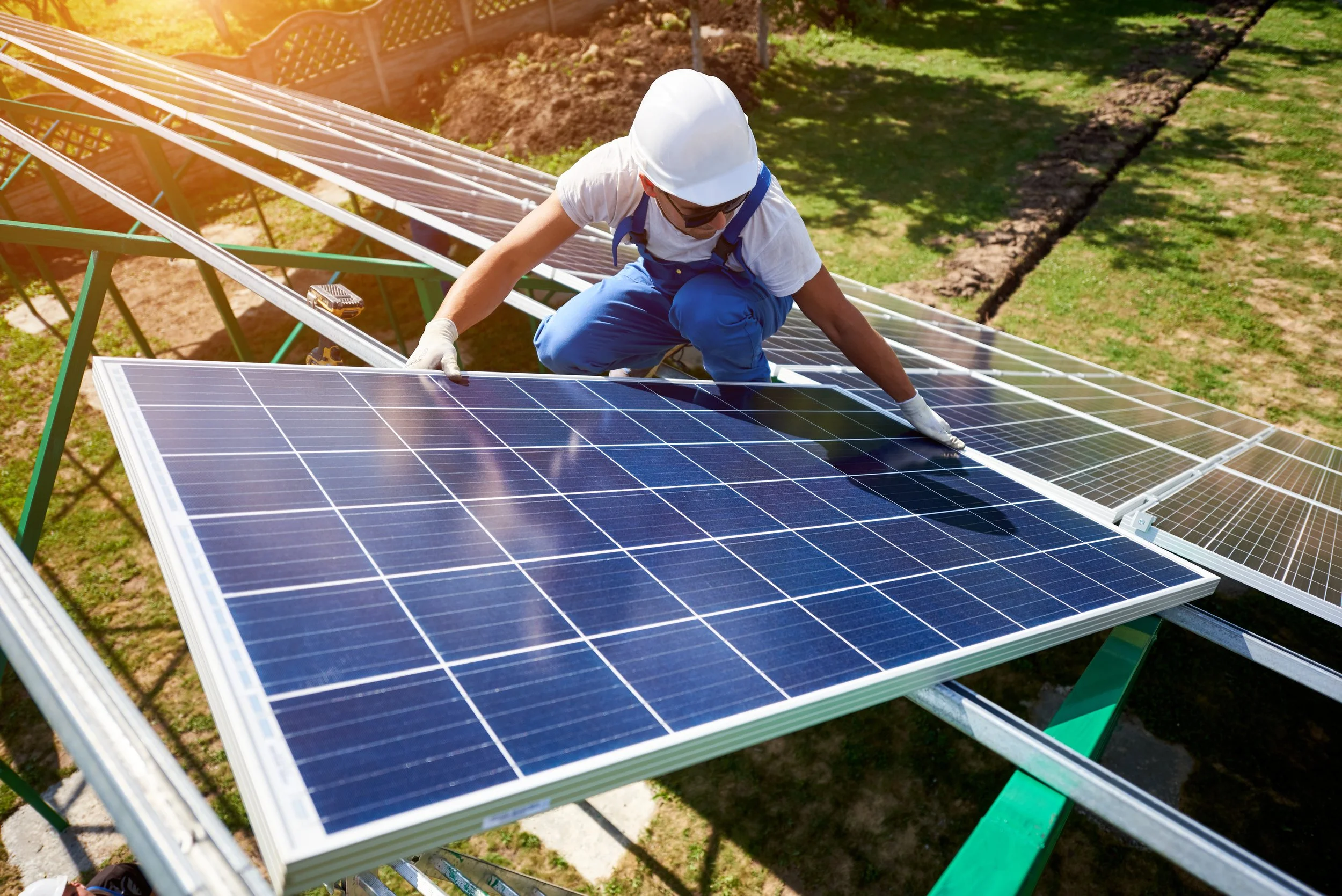The Dallas Morning News is wondering why Texas legislators would target renewable energy production when it has been such a stellar success in the Lone Star State. It’s a good question. Clean energy has brought more affordable energy to Texans, improved the state’s environmental performance, created jobs, and generated economic activity.
While Texas lawmakers aggressively defend fossil fuels and propose billions in new public spending for natural gas plants, largely with a goal of improving reliability on the electric grid. they’re also targeting renewables, proposing limits on growth and pushing for new requirements that would drive up costs for wind and solar power.
From the Dallas Morning News:
As many critics have said, elected leaders seem intent on picking winners and losers in the nation’s biggest electric market.
If Texas were a country, it would rank fifth in the world in renewables, Lt. Gov. Dan Patrick said recently, adding that the state shouldn’t overbuild.
“We have invested heavily in renewables, but now it’s time to focus on dispatchable” power, Patrick said at a March news conference unveiling a suite of Senate bills related to the electric grid.
When Texas lawmakers and regulators talk about adding dispatchable power — supplies that can be dispatched at a moment’s notice — they’re effectively talking about natural gas plants.
Patrick and others believe wind and solar operators are held to a lower standard; if they don’t generate as much electricity as expected, they’re not penalized in Texas’ “energy-only” market.
He wants that to change: If the wind isn’t blowing or it’s a cloudy day, wind and solar companies should have to go into the state’s deregulated market and buy power to meet commitments, presumably buying from natural gas plants.
Incentivizing more gas plants, which provided over 42% of Texas electricity last year, may make sense. Despite strong growth in population and electric load, generation capacity from natural gas grew just 3% from 2017 to 2022.
Wind power grew 46% over the same period and solar grew even faster from a smaller base. Penalizing fast-growing renewables would harm consumers and the economy, experts said.
“It’s misplaced blame. Wind and solar have been doing great things for Texas in terms of keeping prices lower and providing a lot of economic development in parts of the state that don’t get much of it. It seems like we’re biting the hand that feeds us.”
Last year, Joshua Rhodes, a research scientist at the University of Texas at Austin, studied the impact of renewables in the Electric Reliability Council of Texas, known as ERCOT.
From 2010 to 2022, the widespread adoption of renewables cut wholesale electricity prices by nearly $28 billion, Rhodes estimated. In the first eight months of 2022, renewables were saving consumers about $925 million a month.
Billions more were saved in water and emission reductions. “Summing it all up,” Rhodes wrote, renewables provided $38 billion to $106 billion in total benefits to Texas residents from 2010 to 2022.
The industry also accounts for over 42,000 jobs in Texas and will pay over $11 billion to landowners for existing wind, solar and storage facilities over their expected lifetime, according to data from the Advanced Power Alliance.
“Private players, not government, decide where to invest in Texas’ competitive electric market. And they’ve plowed $93 billion into wind, solar and battery projects across the state.”
Renewables also are the most popular choice going forward — by far. Through July 2024, renewables account for 29,000 megawatts proposed for the ERCOT grid, which would be enough to power 5.8 million Texas homes during peak demand.
Over the same period, natural gas power producers propose adding 1,688 megawatts, which means renewables account for nearly 95% of the proposed generation in the ERCOT pipeline.
“If you think you’re helping oil and gas by hurting renewables, you don’t understand what the future looks like,” said Jeffrey Clark, CEO of the Advanced Power Alliance. “It’s like [lawmakers] want to go back to the 1980s. They’re just going to stop all progress in Texas and hope the world stops with us. And that’s just not going to happen.”"
H/T to Matt Mackowiak and Must Read Texas.

